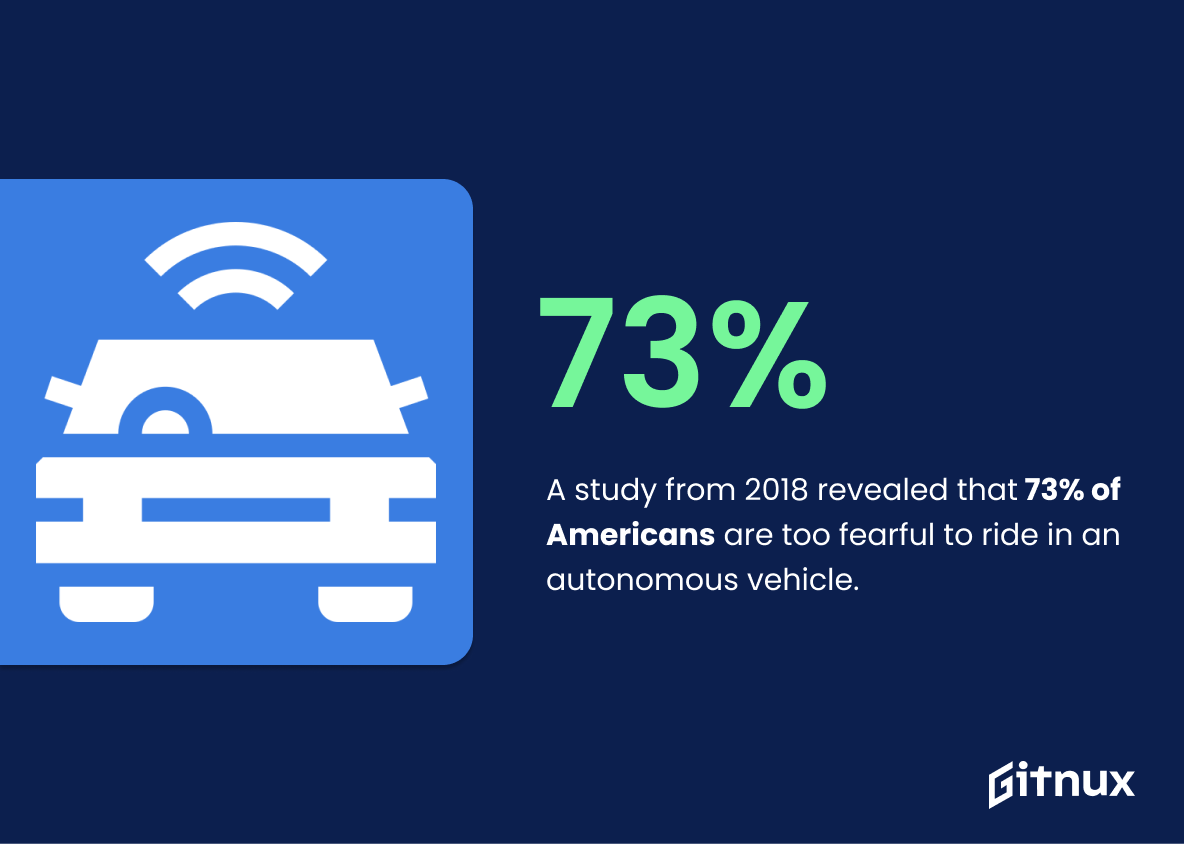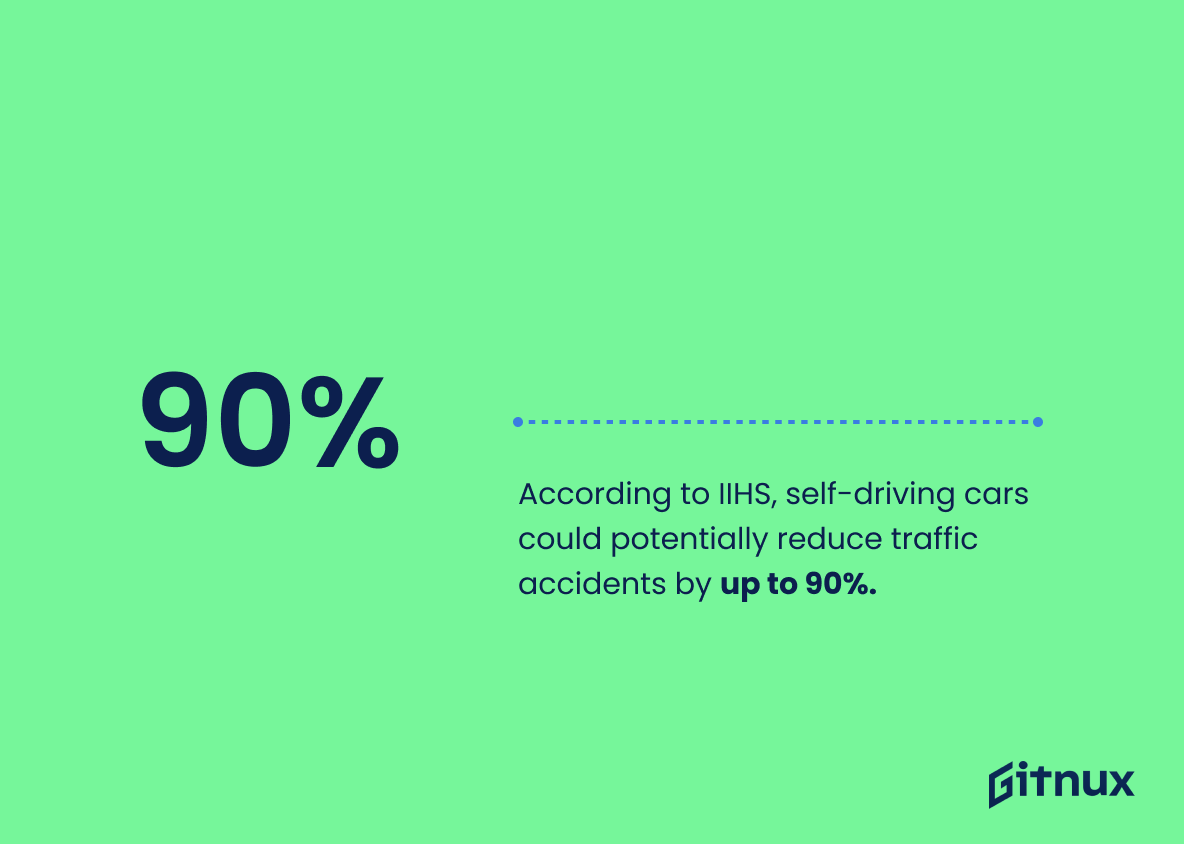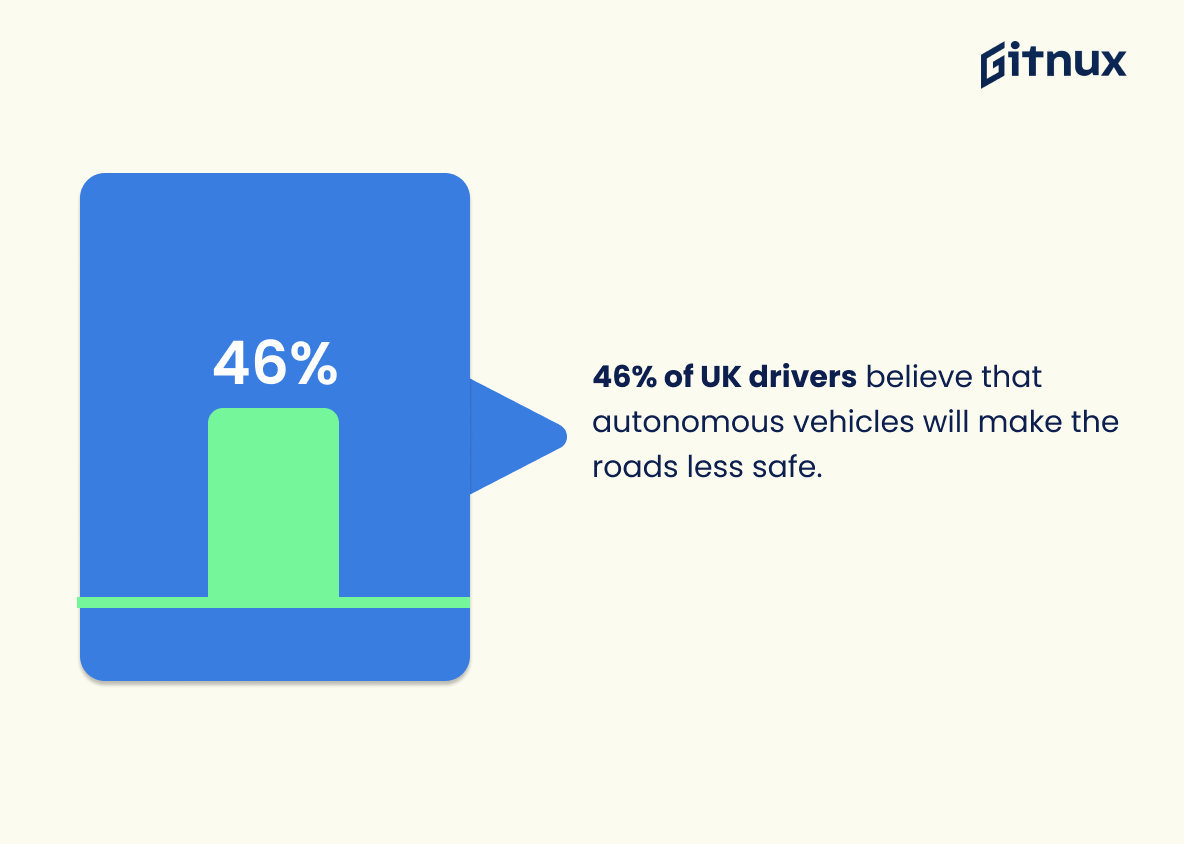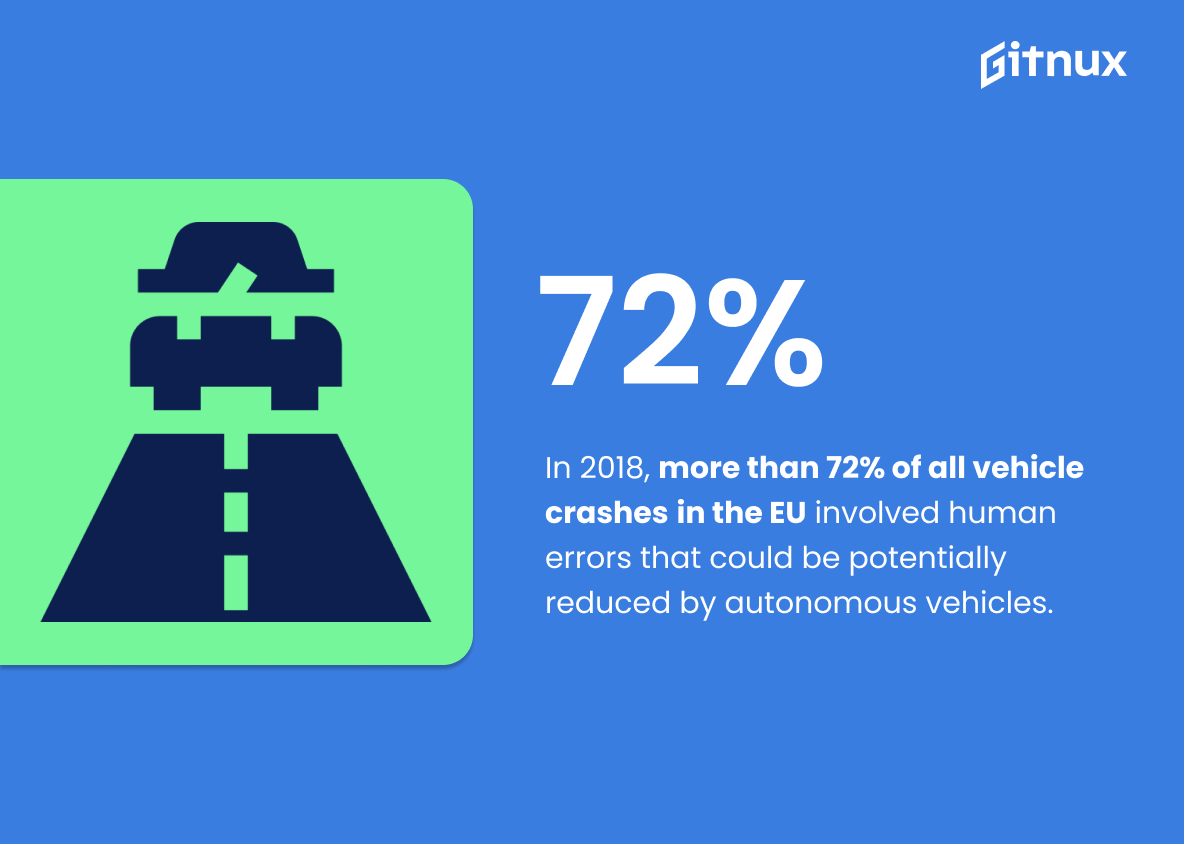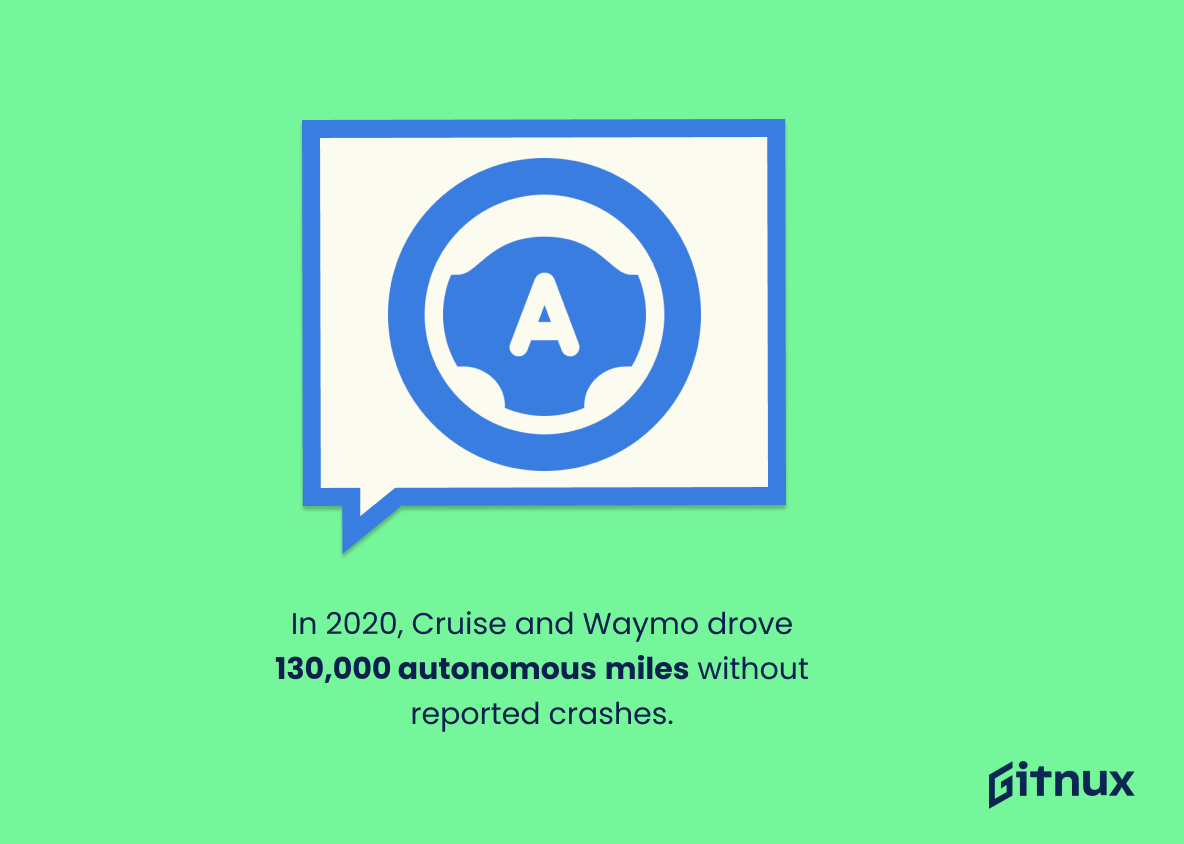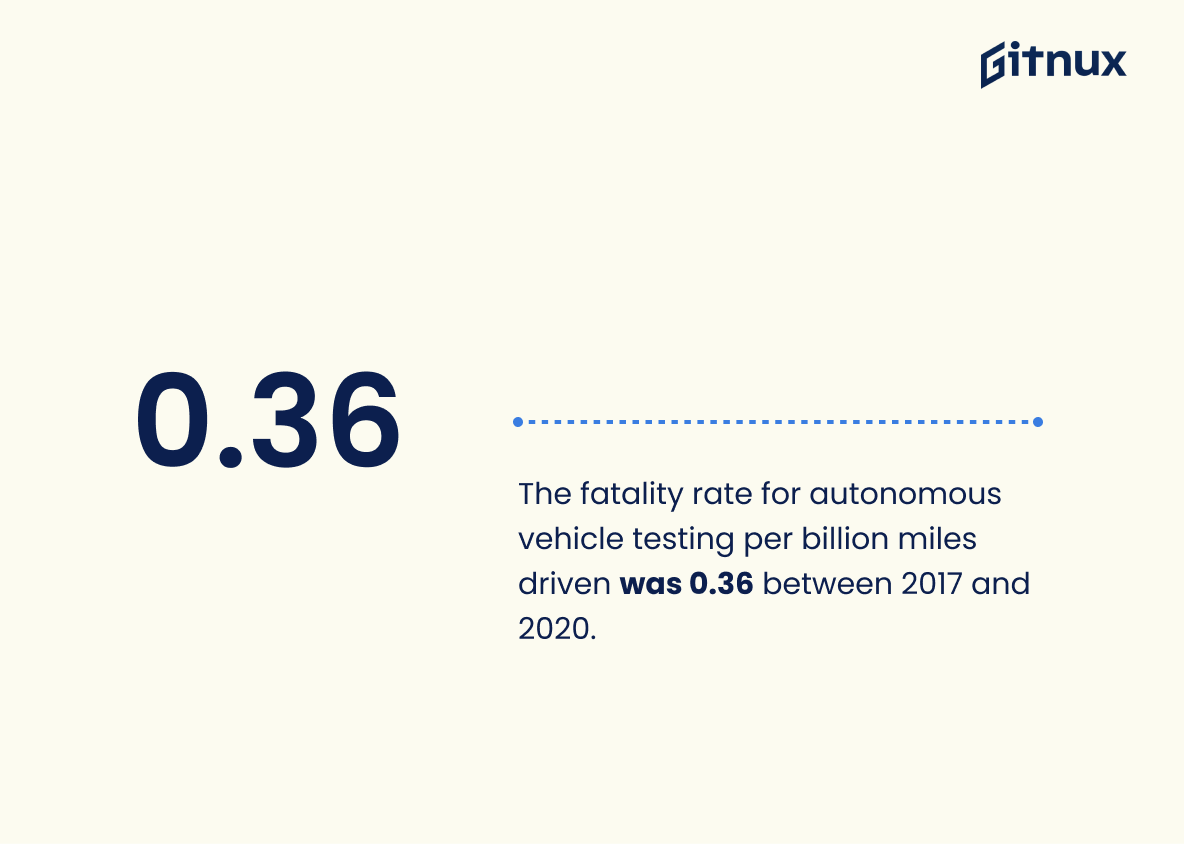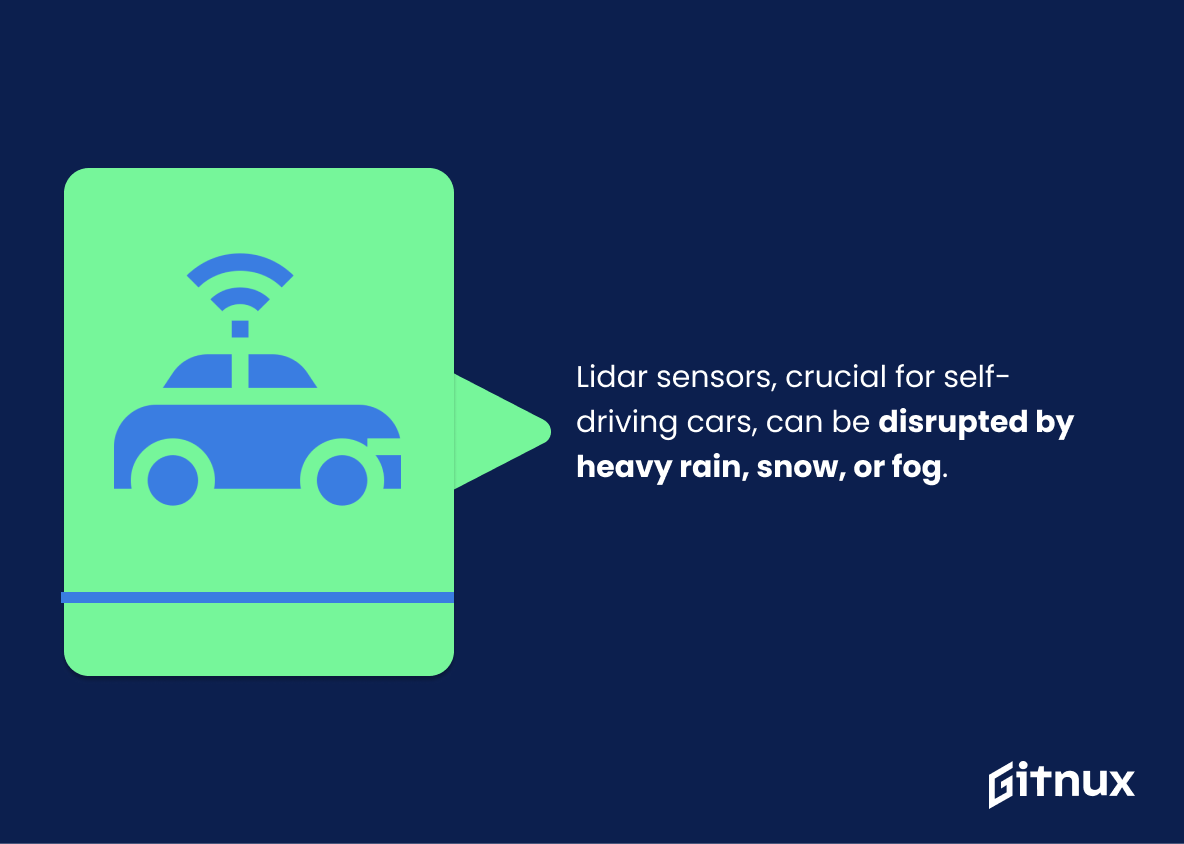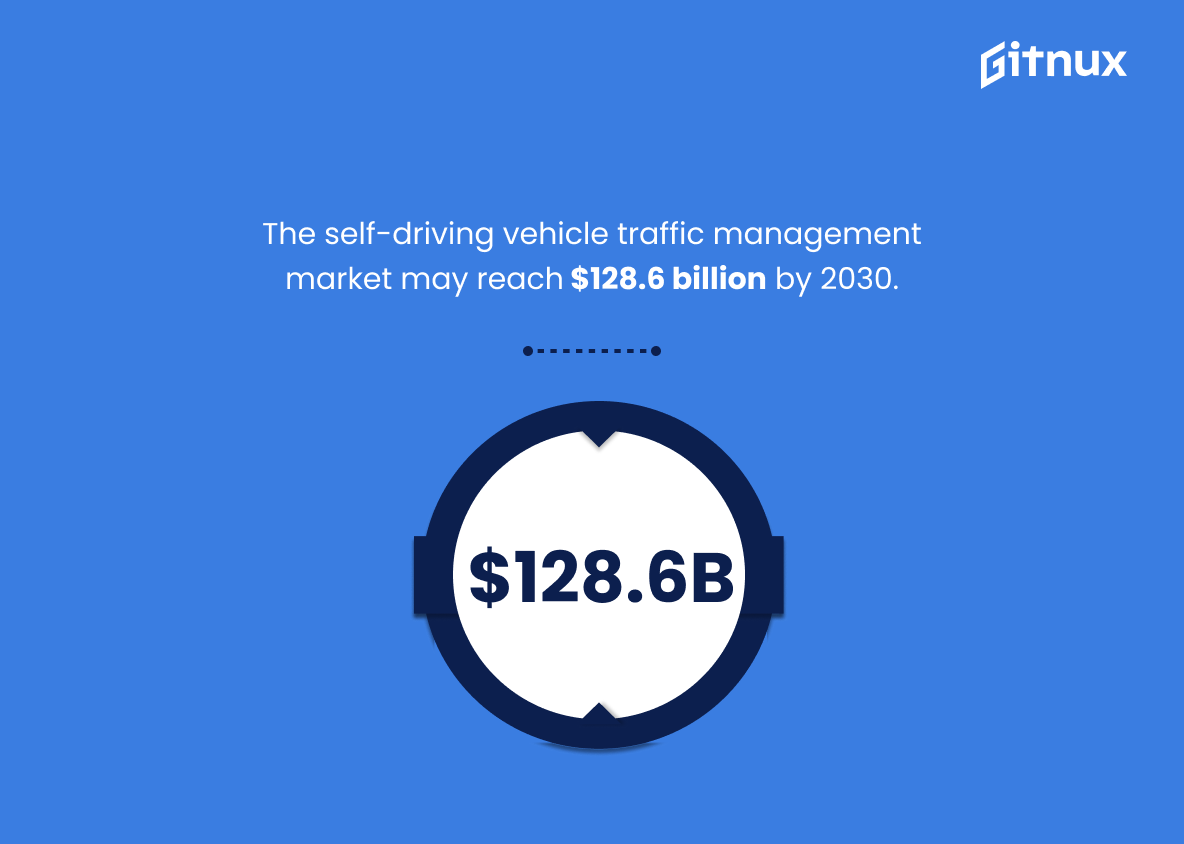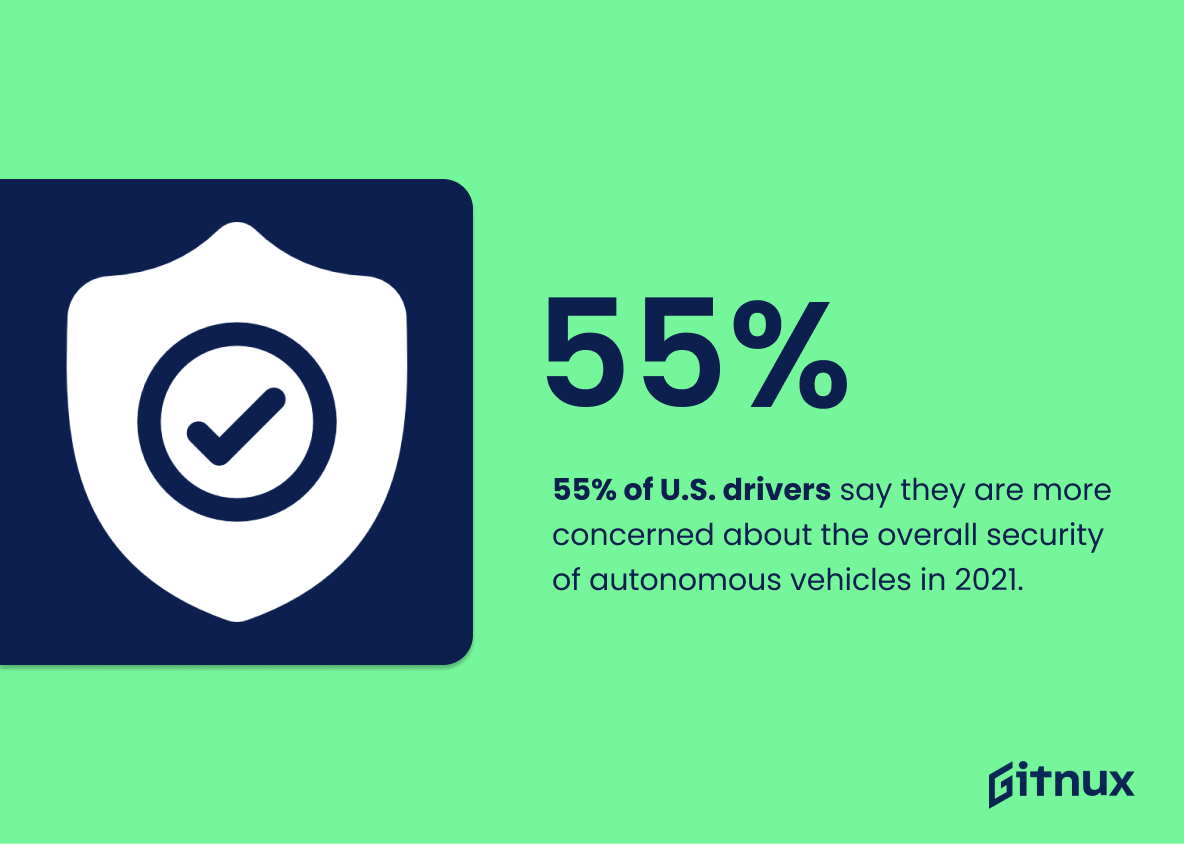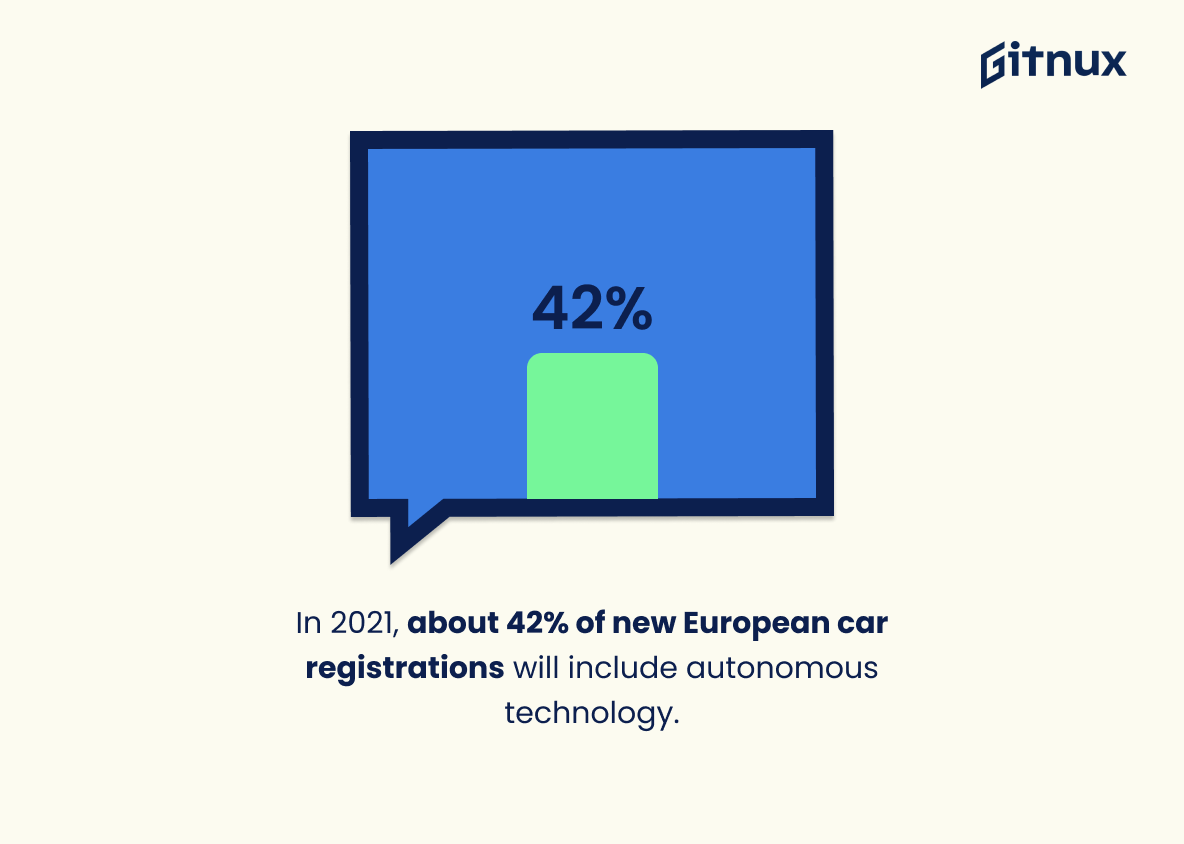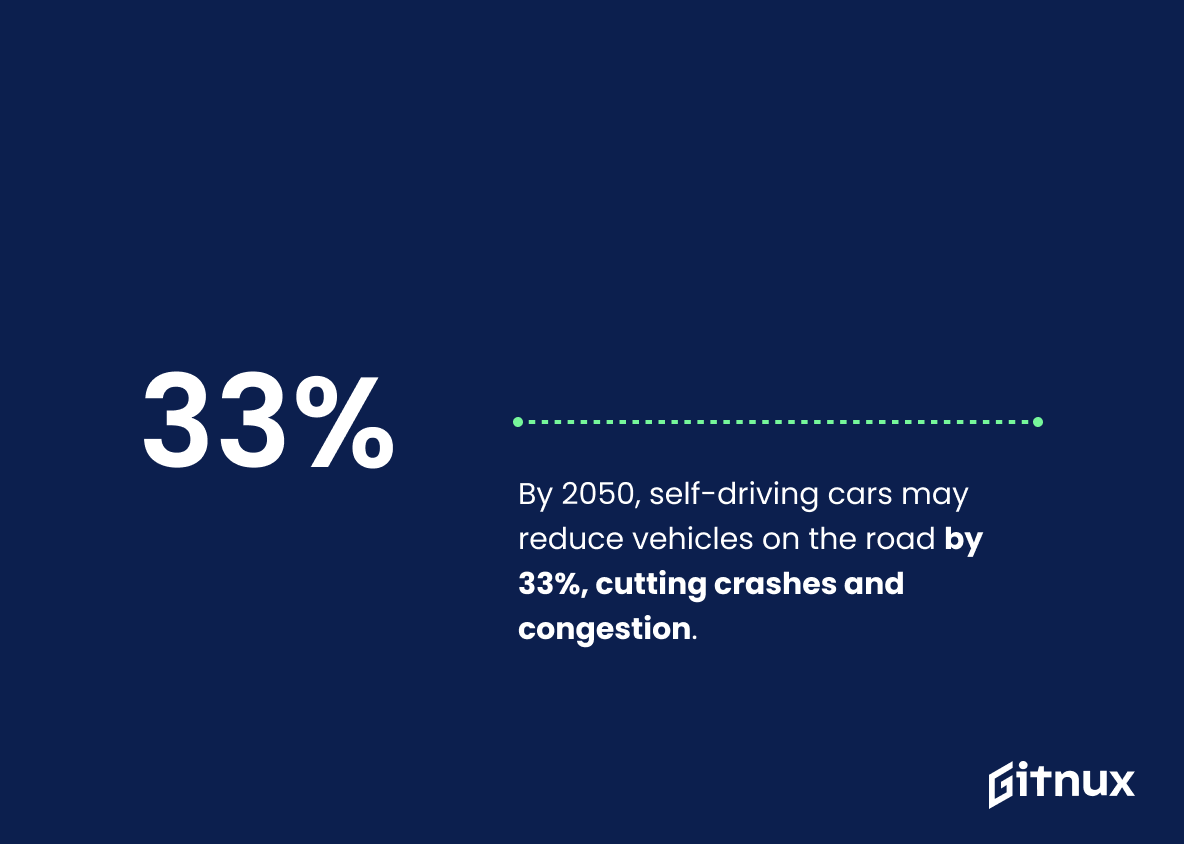Self-driving cars are increasingly discussed due to their potential impact on road safety. This post highlights statistics on self-driving car accidents from 2020 to 2021. We cover crash rates from sensor or software failures and recorded crashes in California from 2014 to 2021. We delve into public opinion on autonomous vehicle safety versus human drivers. In 2019, Waymo had a minor crash rate without serious injuries. There’s a potential to reduce traffic accidents by up to 90%. UK drivers shared views on road safety with autonomous vehicles (AVs). Since 2016, we’ve monitored Tesla Autopilot system’s major accidents. EU crash data shows human errors that AVs might reduce.
Other insights include miles driven between reported crashes for Cruise and Waymo in 2020. Many Americans distrust ride-sharing AVs without backup drivers. Systems predict 80% of AVs will have a collision-free guarantee by 2035. We observed a fatality rate per billion miles driven from 2017 to 2020. Weather conditions, like rain or fog, can disrupt Lidar sensors. The global market for Self Driving Vehicle Traffic Management is growing, projected to be significant by 2030. US drivers expressed security concerns about AVs in 2021. In 2020, the accident rate per million miles during autonomous operation was noted. Predictions suggest Level 4 AV sales will dominate by 2040, with many European cars having autonomous features.
Self Driving Car Crash Statistics Overview
A study from 2018 revealed that 73% of Americans are too fearful to ride in an autonomous vehicle.
This statistic is a crucial piece of information when discussing self driving car crash statistics, as it reveals the public’s opinion on the safety of autonomous vehicles. It shows that despite the potential safety benefits of self driving cars, the majority of Americans are still hesitant to trust them. This statistic can be used to further explore the public’s perception of self driving cars and the potential safety risks associated with them.
In 2019, Waymo self-driving cars were involved in 18 minor crashes and 29 disengagements, all without serious injury.
This statistic is significant in the context of self-driving car crash statistics because it demonstrates the safety of Waymo’s autonomous vehicles. Despite being involved in a total of 47 incidents, none of them resulted in serious injury, indicating that the technology is reliable and effective in preventing major accidents.
According to IIHS, self-driving cars could potentially reduce traffic accidents by up to 90%.
This statistic is a powerful reminder of the potential of self-driving cars to revolutionize the way we travel. It speaks to the potential of these vehicles to drastically reduce the number of traffic accidents, which could save countless lives and reduce the economic burden of car crashes. It is a compelling argument for why self-driving cars should be embraced and further developed.
46% of UK drivers believe that autonomous vehicles will make the roads less safe.
This statistic is a stark reminder of the public’s perception of autonomous vehicles, and how it could potentially affect the adoption of self-driving cars. It is important to consider the public’s opinion when discussing the safety of self-driving cars, as it could be a major factor in the success or failure of the technology. This statistic is a key piece of information that should be taken into account when discussing the safety of self-driving cars, as it could be a major factor in the public’s acceptance of the technology.
Tesla’s “Autopilot” system has been involved in at least five major accidents from 2016 to 2021.
This statistic is a stark reminder of the potential risks associated with self-driving cars. It highlights the fact that, despite the promise of increased safety, these vehicles are still prone to accidents. This statistic serves as a warning to those considering investing in self-driving cars, and it is a reminder that the technology is still in its infancy and needs to be further developed before it can be relied upon for safe transportation.
In 2018, more than 72% of all vehicle crashes in the EU involved human errors that could be potentially reduced by autonomous vehicles.
This statistic is a powerful reminder of the potential of autonomous vehicles to reduce the number of crashes caused by human error. It highlights the fact that, if autonomous vehicles were more widely adopted, the number of crashes caused by human error could be drastically reduced. This is an important point to consider when discussing the safety of self-driving cars, and it is a statistic that should not be overlooked.
In 2020, Cruise and Waymo reported a combined 130,000 miles driven in autonomous mode between self-reported crashes.
This statistic is a testament to the progress being made in the development of self-driving cars. It shows that, despite the occasional crash, these vehicles are capable of driving tens of thousands of miles without incident. This is a major milestone in the advancement of autonomous vehicles, and it is a sign that the technology is becoming increasingly reliable.
The fatality rate for autonomous vehicle testing per billion miles driven was 0.36 between 2017 and 2020.
This statistic is a crucial indicator of the safety of autonomous vehicles, as it provides a measure of the number of fatalities that occur in relation to the number of miles driven. It is an important statistic to consider when discussing the safety of self-driving cars, as it can help to determine whether the technology is safe enough for public use. By comparing the fatality rate to that of traditional vehicles, it can be seen whether autonomous vehicles are a safer option.
Lidar sensors, crucial for self-driving cars, can be disrupted by heavy rain, snow, or fog.
This statistic is of utmost importance when considering the safety of self-driving cars, as it highlights the potential for hazardous conditions to interfere with the functioning of the car’s sensors. Heavy rain, snow, or fog can all interfere with the lidar sensors, which are essential for the car to accurately detect its surroundings and make decisions. Without these sensors, the car is at risk of making incorrect decisions that could lead to a crash.
It’s estimated that the global market for self-driving vehicle traffic management systems will reach $128.6 billion by 2030.
This statistic is a telling indication of the potential of self-driving vehicles and the traffic management systems that support them. It shows that the industry is growing rapidly and that the technology is becoming increasingly important in the transportation sector. This is important to consider when discussing self-driving car crash statistics, as it shows that the technology is becoming more widely adopted and that the safety of these vehicles is of paramount importance.
55% of U.S. drivers say they are more concerned about the overall security of autonomous vehicles in 2021.
This statistic is a telling indication of the public’s attitude towards autonomous vehicles in 2021. It suggests that the majority of drivers are wary of the safety of self-driving cars, which could be a reflection of the current state of self-driving car crash statistics. This could be a sign that more needs to be done to ensure the safety of autonomous vehicles before they become commonplace on the roads.
In 2021, it is projected that 42% of European new car registrations will contain some form of autonomous technology.
This statistic is a telling indication of the increasing prevalence of autonomous technology in the automotive industry. As more and more cars on the roads are equipped with self-driving capabilities, the potential for car crashes involving these vehicles will also increase. This statistic is therefore an important factor to consider when discussing self-driving car crash statistics.
By 2050, self-driving vehicles will be responsible for 33% fewer vehicles on the roads, potentially reducing traffic crashes and congestion.
This statistic is a game-changer in the context of self-driving car crash statistics. By reducing the number of vehicles on the roads, self-driving cars could potentially reduce traffic crashes and congestion, making roads safer and more efficient. This could have a huge impact on the number of car crashes, as well as the severity of those crashes, making self-driving cars a much safer option for drivers.
Conclusion
Self-driving cars have the potential to revolutionize transportation and reduce traffic accidents, but there are still many challenges that need to be addressed. The statistics presented in this blog post demonstrate a wide range of issues related to self-driving car crashes, from sensor or software failures and disengagements due to human error, to public fear of riding in autonomous vehicles. While some progress has been made with regards to safety features such as collision avoidance systems and lidar sensors, more research is needed before these technologies can become widely adopted. Additionally, further education about the benefits of self-driving technology needs to be provided so that people understand its potential for reducing road fatalities while also improving convenience and efficiency on our roads.
References
0. – https://www.www.transportation.gov
1. – https://www.dig.watch
2. – https://www.www.europarl.europa.eu
3. – https://www.waymo.com
4. – https://www.www.dmv.ca.gov
5. – https://www.www.autoexpress.co.uk
6. – https://www.venturebeat.com
7. – https://www.theinstitute.ieee.org
8. – https://www.www.iihs.org
9. – https://www.link.springer.com
10. – https://www.www.globenewswire.com
11. – https://www.news.gallup.com
12. – https://www.www.rand.org
13. – https://www.static.nhtsa.gov
14. – https://www.etsc.eu
